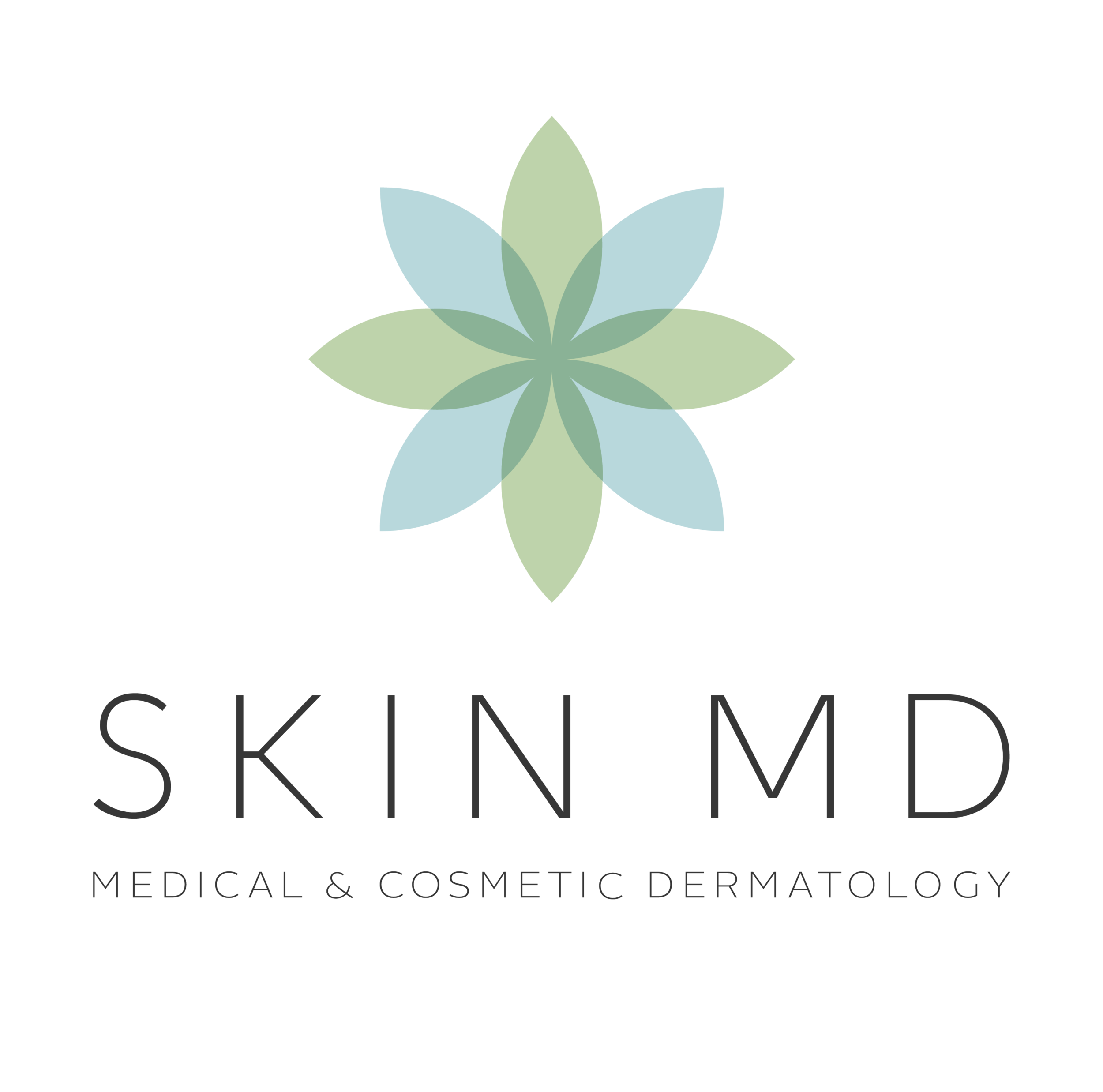
Sun damage occurs when an individual’s skin is overexposed to sunlight for an extended period of time. Not only does affected skin lose its moisture and natural oils, but it may also become burnt because of ultraviolet radiation. More severe cases of sun damage can increase a person’s chances of developing skin cancer.
What are the Types?

Sun damage often falls under one of several common types:
Dry skin, which may appear flaky or wrinkled
Sunburn, which ranges from painful reddening of the skin to the appearance of blisters
Sun spots, flat white or brown spots which appear on the skin after chronic exposure to the sun
Actinic keratosis, which can be a small rough bump or a patch of skin that is scaly to the touch, and which is usually red, pink, yellow, or brownish in color
Actinic cheilitis, characterized by persistent dryness and scaly patches of skin on the lower lip
What You Can Do

Sun damage can be prevented through usage of sunblock and protective clothing. Individuals can also minimize outdoor activities between 10AM and 3PM, when the sun is at its highest. However, once damage has occurred, it is best to consult a dermatologist to receive the appropriate treatment.
Skin MD offers a variety of peels to remove spots and wrinkles, as well as Elos skin rejuvenation, a popular anti-aging technique, to restore your skin’s former glow. To find out more, book a consultation with our dermatologists today.
Reverse Sun Damage on Your Skin
With the expert care of the board-certified dermatologists of Skin MD, your skin will look as if it was never burnt or damaged. Enjoy healthy skin and a sun-kissed glow any time of the year.



